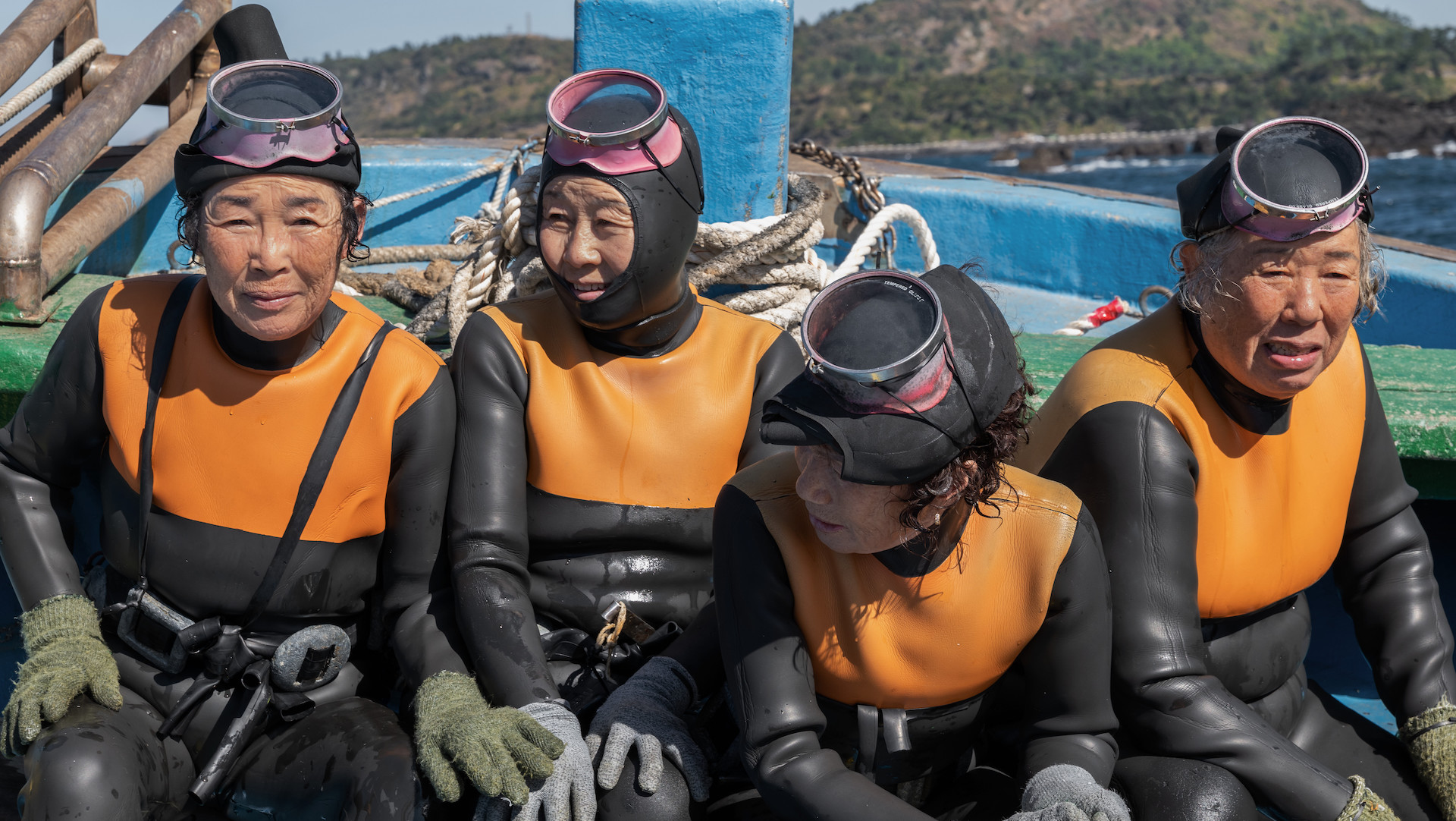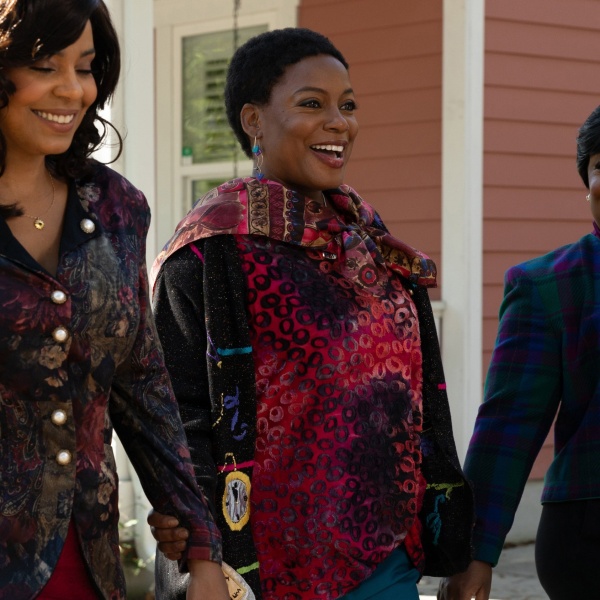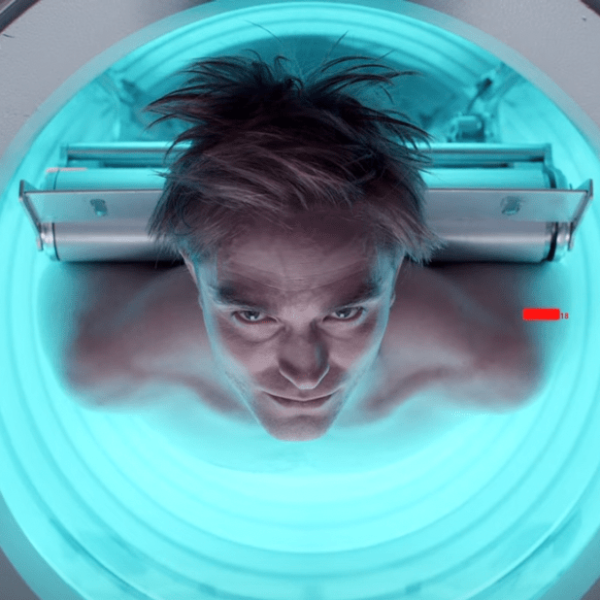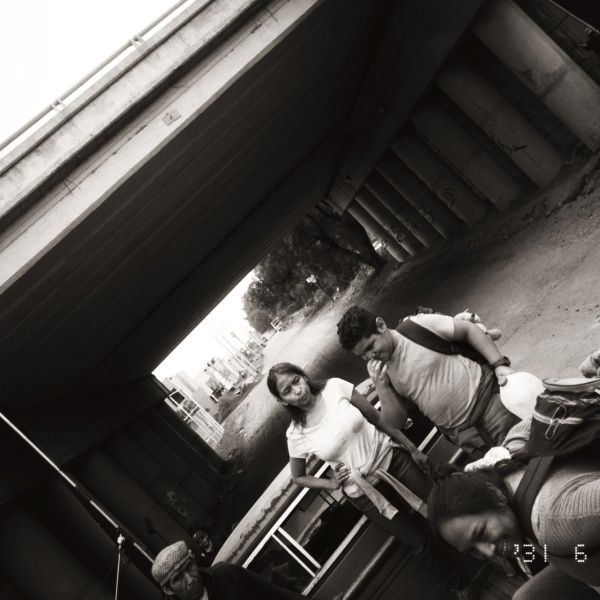On Jeju Island in South Korea, there are real-life mermaids.
A group of women known as haenyeo — most of them in their 60s, 70s, even 80s — rise early every morning and then spend hours diving to collect seafood and bring it to the surface. Some can swim to depths up to 10 meters using nothing but a wet suit, diving helmet, and their breath. But with technology and environmental hazards changing the world around them, the haenyeo way of life is in danger.
“The Last of the Sea Women” tells their remarkable story, through the eyes of director Sue Kim, who first encountered the haenyeo while visiting Korea with her family as a child. The women form a tight-knit community that transcends mere vocation; in fact, they refer to what they do as a calling, working as guardians of the sea as much as harvesters. Outsiders would mistake them for small and weak, but they carry immense inner and outer strength, smarts, and a profound sense of community.
Kim constructs a simple but solid arc for the documentary, which she executive produces along with Malala Yousafzai and Erika Kennair. It immerses viewers in the world of the Jeju Island haenyeo, along with introducing two younger haenyeo in their 30s trying to raise awareness about their profession through social media. Focus shifts after that to the haenyeo‘s dwindling quantity — the number of active haenyeo in South Korea is lower than ever, due to the physical demands of the job as well as the declining state of marine life — then to the threat of radioactive wastewater from Japan that will pollute South Korea’s seawater.
“I’m happy in the ocean no matter what I make,” one of the haenyeo says early on in the film, expressing a shared sentiment among her fellow women of harmony with their lifestyle and surroundings, even with diminishing financial returns. For as much as the haenyeo will stun audiences at TIFF and when the Apple Original eventually hits streaming, these are clearly things that mean nothing to the film’s subjects compared to the impact of life in and alongside the water.
Kim is right to focus on the dangers facing modern haenyeo, but the film is strongest in the first half, when it puts underwater cinematographer Justin Turkowski through his paces. Breathtaking shots of haenyeo fearlessly swimming straight into the shadows become more sparse throughout the film, though diver Soon Deok Jang’s third act trip to Switzerland to advocate for haenyeo at the U.N. yields mighty emotional beats.
“The Last of the Sea Women” presents a small but deeply compelling pocket of society which contextualizes the immediate threats of man’s war on nature — and (wo)man’s undeniable connection to it. It’s designed to make you care for each and every spirited haenyeo and want to fight for them.
Grade: B+
“The Last of the Sea Women” will stream exclusively on Apple TV+ starting October 11.
Want to stay up to date on IndieWire’s film reviews and critical thoughts? Subscribe here to our newly launched newsletter, In Review by David Ehrlich, in which our Chief Film Critic and Head Reviews Editor rounds up the best reviews, streaming picks, and offers some new musings, all only available to subscribers.







